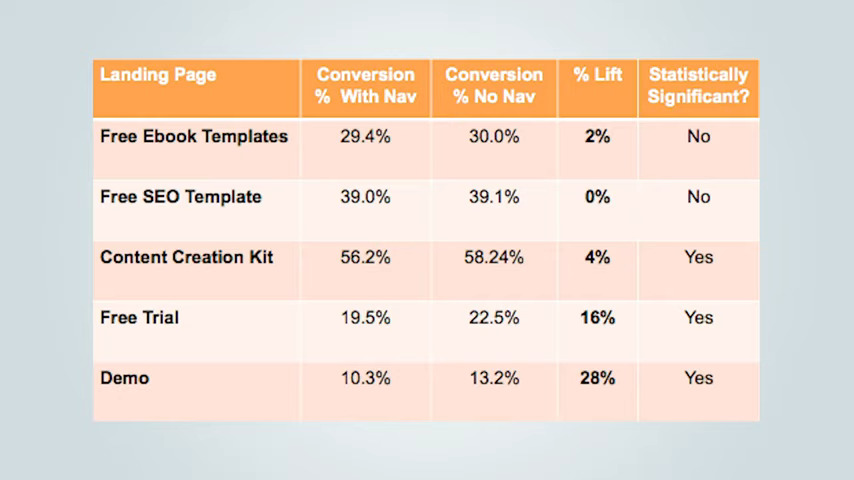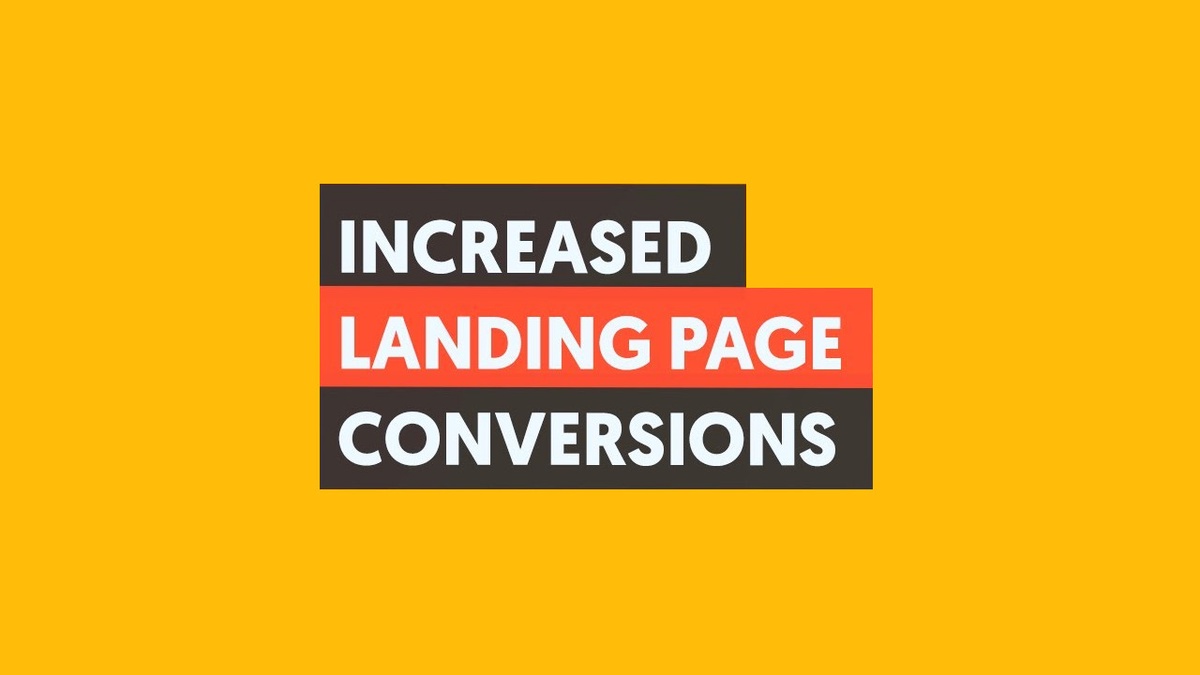You're selling a product or service, you hire a designer, a web developer to build amazing landing pages for you. You pay hundreds of dollars for ad clicks, maybe even thousands. But when you look at your conversions, you're not even breaking even when it comes to your admen. What should you do?
Did you know that 4.02% is the average conversion rate for a landing page according to unbounce. That means on average, almost 96% of your visitors won't convert at all. I'm going to show you some of the things that have the potential to ruin conversions on landing pages, and also how to provide you with the guidelines on how you can improve your conversion rates.
1. Page speed
So there are three important UX factors that can affect your conversion rate, the first is page speed. It's not only amazing content that gets people to convert. It's also if your page loads slowly can lose you a lot of ledes, right? So speed time is super important.
Did you know that 50% of users expect a website to load in less than two seconds. Studies show that as page speed decreases bounce rates go up. For a web page with the average load time of two seconds, the average bounce rate is around 9.61%. Walmart found for every second that their website loads faster, their conversions increased by 2%.
2. Call to action placement
The second thing when it comes to UX factors is your call to action placement. Have you ever heard the term above the fold, this is commonly used term by digital markets to describe the placement of content on web page above the fold refers to all the content that is on the web page before you have to keep scrolling down below the fold is all the content that shows after you start scrolling down.
The fold varies per device. On an iPhone, the fold is going to be different than my desktop computer and that's going to be different than on my iPad Or my laptop, where you place a call to action, whether it's above the fold or below the fold can have a huge impact on conversion, the average difference on how users treats content above versus below the fold is 84% according to the NN group, just think of it this way. If you have content that's above the fold and is getting used a lot, but there's no action point to take, you're going to lose money. And if you have all your call to actions below for your invisible content right below the fold, where people are barely viewing it, you're going to get a lot less clicks, and in theory, you're going to make less money.
Unbounce performed an experiment on one of its landing page tests on CTA performance above the fold. The left image shows that CTA below the fold and the right image show CTA above the fold by simply placing the content above the fold base of 41% spike in conversion. That just shows you about the power putting everything above the fold.
For some products or services, you could be like, wait my products too confusing. I can't put up above the fold, It takes me too much text to describe what I'm selling. Well, you could do that in a video so that way you can get more things above the fold.
Sometimes you may want to put your CTA below the fold. Now the trick with this and unbounce had a study on this, they found that if you put less content above the fold, it causes people to scroll more. So if your goal is to have all your CTAs below the fold, then you don't want to have too much content above the fold, because that's how you can get more and more people to scroll. And you can use Crazy Egg to run a scroll map test or a heat map test to see where people are clicking on your page. To help you determine where you should be placing your call to action.
The big takeaway I have for you is don't be afraid to ab test with your call to action placement, and make sure it's optimized for UX and place more than one call to action on a page. Sometimes having 2,3,4 is better. If it is your checkout page or someone's entering their credit card, really going to have one Checkout button. But in general on some of your main user facing pages, you want to have multiple call to actions.
3. Remove excess clutter
Last but not when it comes to UX, you want to remove excess clutter. Landing pages typically have one goal, and that's to get a user to convert. However, when there's too much clutter and too much friction on page, users get confused, and they bounce and become part of that 94% that I mentioned earlier.
The design of a landing page should be simple and easy to navigate. You don't want to throw a ton of information to your audience of one static page. Too much clutter can drive users away from your site. By clutter, I mean content, navigational links and too many images. Navigation at least can tempt people to click away on other pages of your site that aren't optimized and focusing people on converting and putting in their credit card. HubSpot tested to landing page variations on many different pages of the site with navigational links and one without navigational links.
 Their free trial landing pages so 14% increasing conversions without any exits. Their demo page, so increase of 28% without any links.
Their free trial landing pages so 14% increasing conversions without any exits. Their demo page, so increase of 28% without any links.
By keeping pages navigation free, users are less than likely to get distracted and bounce. Let's put it this way navigational links cost you money. Conclusion, if you focus on the three things that I mentioned above, you are much more likely to convert visitors into customers.


No comments yet